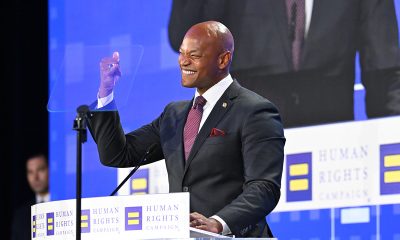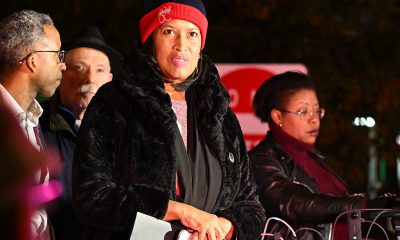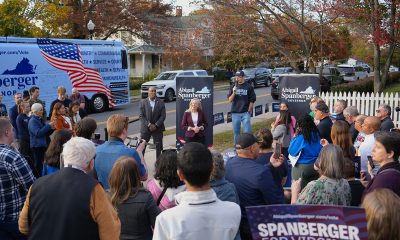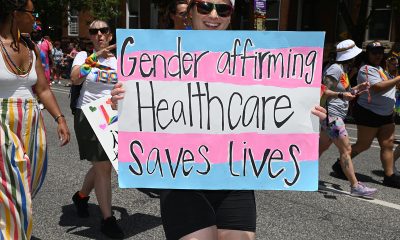Maryland
Turning around sex trafficking: One year after Safe Harbor in Maryland
TurnAround Inc. working to rescue youth, trans girls from exploitation
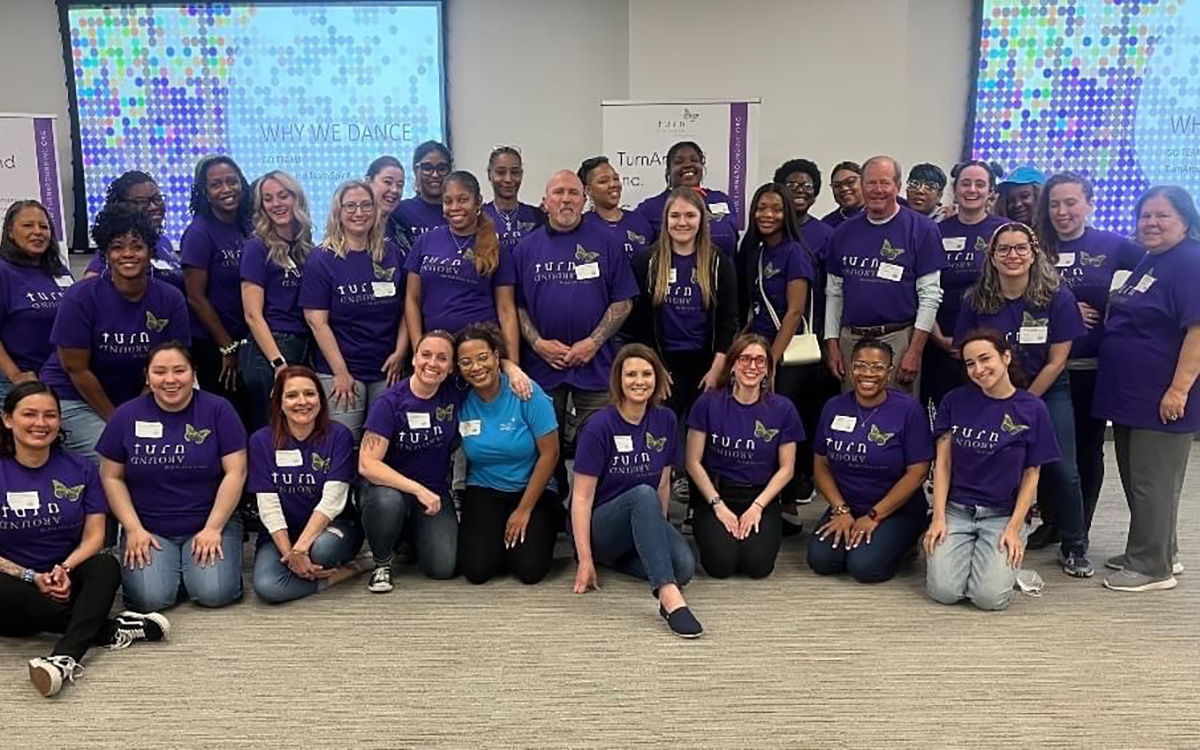
In 2023, the law in Maryland dictated the following: If a child was discovered to be sex trafficked during a sting operation, they were to be arrested, handcuffed, and then incarcerated as a “child prostitute.” One survivor testified to Maryland lawmakers that after being trafficked throughout College Park from ages 12 to 15, it was their ‘rescue’ by law enforcement that was the most traumatizing part of their experience.
In 40 states and in federal law, the sex trafficking of minors was already understood to be a crime committed against children, and not a crime committed by children. When Gov. Wes Moore signed the Safe Harbor law on May 16th of last year, prohibiting the criminal prosecution of sex-trafficked minors, he brought Maryland out of a legal dark age.
How do things look in Maryland a year later? The Washington Blade got in touch with TurnAround Inc., headquartered in Baltimore, to find out. TurnAround is Maryland’s first provider of comprehensive services to survivors of sexual trafficking, Baltimore’s rape crisis center, and a support center for victims of intimate partner violence and sexual violence.
Perhaps the most striking thing about TurnAround is how large of an operation it is — how large of an operation it needs to be. The organization fielded more than 10,000 calls on their hotline in 2022, conducted almost 4,000 counseling sessions, and placed 337 clients in safe shelter: nearly one for every day of the year. But the staff at TurnAround is relieved to see these numbers so high. During the pandemic, there was a steep decrease in reports of sex trafficking.
“[COVID] had a very chilling effect on the number of trafficking survivors that were getting access to services,” said Amanda Rodriguez, executive director of TurnAround. Many of the avenues through which cases were referred to TurnAround simply shut down. The hospitals were inundated with COVID cases, and so weren’t referring anyone; the schools were closed down, and so weren’t referring anyone; and State Attorney Marilyn Mosby stopped prosecuting low-level crimes, which had the unintended consequence of limiting the opportunities law enforcement had to identify youth at risk of trafficking.
In 2020, TurnAround moved into a new office in downtown Baltimore, and it is cavernous — half the floor of a skyscraper. When you walk in, you could mistake the headquarters for a dentist’s office for how calmly the front desk attendant answers the phone. A few lines here and there give away the seriousness of their work: “Is it OK for us to leave a voicemail?” Not every caller’s phone is a safe place.
The office is flanked by a hallway of therapists on one side of the building, who focus on the inner lives of their clients, and a hallway of advocates on the other side, who focus on their outer lives: support in court, government benefits, direct outreach on the streets of Baltimore. At the center are a host of services one would think spread across the whole of the city: a computer center, a clothing donation center, storage for the goods and products needed to survive while in shelter, a kitchen for group meals, and a place to wash and dry your clothes. But the most sobering part of the office is the play center full of toys, for the children that TurnAround serves. “We have clients as young as three years old,” said Jean Henningsen, senior director of strategic initiatives. Some of these children come in as the dependents of adult survivors, but they are sometimes the victims of sexual violence themselves.
“When we were creating Safe Harbor, we looked to see how many kids had been arrested and charged by law enforcement in every county in the state,” Amanda said. “Baltimore City had the highest number at the time. This has changed since then, and is actually getting much better.” The majority of these trafficked kids were trans girls living in the Charles Village neighborhood of Baltimore — a situation that would surprise many Baltimore residents. Charles Village has a reputation for being one of the safest neighborhoods in the city. It is the neighborhood of Johns Hopkins University, which has, in an effort to assuage the concerned parents of its undergraduates, stationed security officers on many of the surrounding street corners. Despite criticism, the university recently partnered with the Baltimore Police Department to create its own police force, and has started recruiting and training officers as of this spring.
“It’s historically been a safer neighborhood for the LGBTQ community in general,” Amanda said. “I don’t know what spurred more nefarious individuals coming in and exploiting people, other than opportunity. Traffickers are just such master manipulators. They will figure out for anybody what their vulnerability is.” But these nefarious individuals are not part of some transnational crime organization. They are sometimes trans women themselves, trafficking these girls to serve their own needs in the home. Often rejected by their families and in search of community, trans girls find this community among other trans women, and then get manipulated into sexual service.
The procedure for dealing with suspected child sex trafficking in Maryland begins with what are called “Regional Navigators,” a role established by the Child Sex Trafficking Screening and Services Act of 2019. Law enforcement agents and local departments of Social Services will notify the county’s Regional Navigator of a suspected trafficking case, and then this Regional Navigator will put together a Multi-Disciplinary Team, or MDT. The MDT consists of all agents and departments that are involved in or have some stake in the case, including Child Protective Services, Juvenile Services, law enforcement, therapists, and schools. These stakeholders will compare notes on what the youth has told them, since they will often have provided different agents and departments with competing descriptions of what’s going on.
While the MDT procedure is highly effective for inter-departmental coordination on a given case, Stephanie Gonzalez, the Acting Regional Navigator for Howard County, explained that the system has some way to go when it comes to LGBTQ youth. “When we get referrals in general, a lot of times, it’s not mentioned how they identify,” she said. As a consequence, their data on how many LGBTQ youth are being trafficked isn’t always accurate, and these youth sometimes aren’t being handled in ways consonant with their sexual or gender identity. And even when these youth are appropriately identified, they aren’t always able to access the appropriate resources.
“We had a transgender female come to us from another state, and she had been trafficked,” Stephanie said. “We had her in a hotel while we looked for other housing options. We could not find trans-friendly housing options.” The women’s shelters they approached didn’t have the requisite training or resources. They would ask insensitive and irrelevant questions about any surgeries the girl had undergone as part of her transition, or require that she be isolated from other women for their safety. “Why are they trying to make it seem like I’m going to hurt someone,” she would ask.
But that situation is changing. TurnAround has partnered with the YWCA of Annapolis and Anne Arundel County to open up a safe house with the resources needed to support any child survivor of sex trafficking. “It’s built!” Jean said. “TurnAround will be staffing it and running it 24/7. Right now there are no children in the facility. We’re still waiting on the final licensing paperwork from the state.”
The project is expensive, with an estimated running cost of $1.5 million each year. TurnAround has partnered with Femi Ayanbadejo, a former Super Bowl winner with the Baltimore Ravens, to help coordinate fundraising. Ayanbadejo advocates for TurnAround with a deep enthusiasm—hearing him talk on the work they do, it could easily be a field-side interview in the final quarter of a game. “If we can reach five, ten, twenty, thirty, forty thousand people that we wouldn’t have with [the Blade’s] reach, maybe there’s one or two foundations that would give five, ten, a hundred, a thousand, maybe a million dollars. Who knows?”
To learn more about TurnAround’s work, visit their website at turnaroundinc.org. If you or someone you know is experiencing sexual violence, TurnAround has offices in Baltimore City, Baltimore County, and Howard County. All three offices can be reached via 410-377-8111.
CJ Higgins is a postdoctoral fellow with the Alexander Grass Humanities Institute at Johns Hopkins University.
Maryland
Harford school board appeals state’s book ban decision to circuit court
5-2 ruling in response to ‘Flamer’ directive

By KRISTEN GRIFFITH | Marking a historic moment in Maryland’s debate over school library censorship, Harford County’s school board voted Thursday to appeal the state’s unprecedented decision overturning its ban of a young adult graphic novel, pushing the dispute into circuit court.
The 5-2 vote followed a recent ruling from the state board overturning Harford’s ban of the book “Flamer.” In a special meeting Thursday afternoon, board members weighed whether to seek reconsideration or take the matter to circuit court — ultimately opting to appeal.
The book “Flamer” is by Mike Curato, who wrote about his experience being bullied as a kid for being gay.
The rest of this article can be found on the Baltimore Banner’s website.
Maryland
Salisbury, Md. rainbow crosswalk removed on Veterans Day
Mayor’s order denounced by LGBTQ activists as act of bigotry

Under the directive of its mayor and over strong objections from LGBTQ rights advocates and their supporters, the city of Salisbury, Md. on Nov. 11 removed a rainbow crosswalk from a prominent intersection across from the mayor’s office and the city’s public library.
Salisbury LGBTQ rights advocate Mark DeLancey, who witnessed the crosswalk removal, said instead of painting over it as other cities have done in removing rainbow crosswalks, a powerful grinding machine was used to rip apart the asphalt pavement under the crosswalk in what he believes was an effort by the mayor to “make a point.”
Like officials in other locations that have removed rainbow crosswalks, Salisbury Mayor Randy Taylor said the crosswalk removal was required under U.S. Department of Transportation regulations put in place by the Trump administration that do not allow “political” messages on streets and roadways.
“Since taking office, I’ve been transparent about my concerns regarding the Pride crosswalks installed in Downtown Salisbury,” Taylor said in a statement. “While I have made every effort to respect the decisions of previous administrations and the folks that supported them, it has become clear that a course of correction – as planned – is necessary to align with current Department of Transportation standards for roadway markings,” he said in his Nov. 7 statement that was posted on the city’s Facebook page.
DeLancey is among the activists and local public officials in many cities and states that dispute that the federal Department of Transportation has legal authority to ban the Pride crosswalks. D.C. and the Northern Virginia jurisdictions of Arlington and Alexandria are among the localities that have refused to remove rainbow crosswalks from their streets.
“He decided to take this on himself,” DeLancey said of Taylor’s action. “It’s not a law. It’s not a ruling of any kind. He just said that was something that should happen.”
DeLancey points out that Salisbury became the first jurisdiction in Maryland to install a rainbow crosswalk on a public street in September 2018.
“This is another blatant attempt by our Republican mayor to remove any references to groups that don’t fit with his agenda,” Salisbury LGBTQ advocate Megan Pomeroy told the local publication Watershed Observer. “The rainbow crosswalk represents acceptance for everyone. It tells them, ‘You matter. You are valued. You are welcome here,’” she was quoted as saying.
The publication Delmarva Now reports that a longtime Salisbury straight ally to the LGBTQ community named K.T. Tuminello staged a one-person protest on Nov. 10 by sitting on the sidewalk next to the rainbow crosswalk holding a sign opposing its removal.
“Tuminello said Nov. 10 he had been at the embattled crosswalk since 12 a.m. that morning, and only three things could make him leave: ‘I get arrested, I have to get into an ambulance because of my medical difficulties, or Randy Taylor says you can keep that one rainbow crosswalk,’” the Delaware Now article states.
DeLancey said he has known Tuminello for many years as an LGBTQ ally and saw him on the night he staged his sit-in at the site of the crosswalk.
“I actually went to him last night trying to give him some water,” DeLancey told the Washington Blade. “He was on a hunger strike as well. He was there for a total of 40 hours on strike, not eating, no sleeping in the freezing cold”
Added DeLancey, “He has been supporting our community for decades. And he is a very strong ally, and we love his contribution very much.”
Political observers have pointed out that Salisbury for many years has been a progressive small city surrounded by some of Maryland’s more conservative areas with mostly progressive elected officials.
They point out that Taylor, a Trump supporter, won election as mayor in November 2023 with 36.6 percent of the vote. Two progressive candidates split the vote among themselves, receiving a combined total of 70.8 percent of the vote.
Maryland
Democrats hold leads in almost every race of Annapolis municipal election
Jared Littmann ahead in mayor’s race.
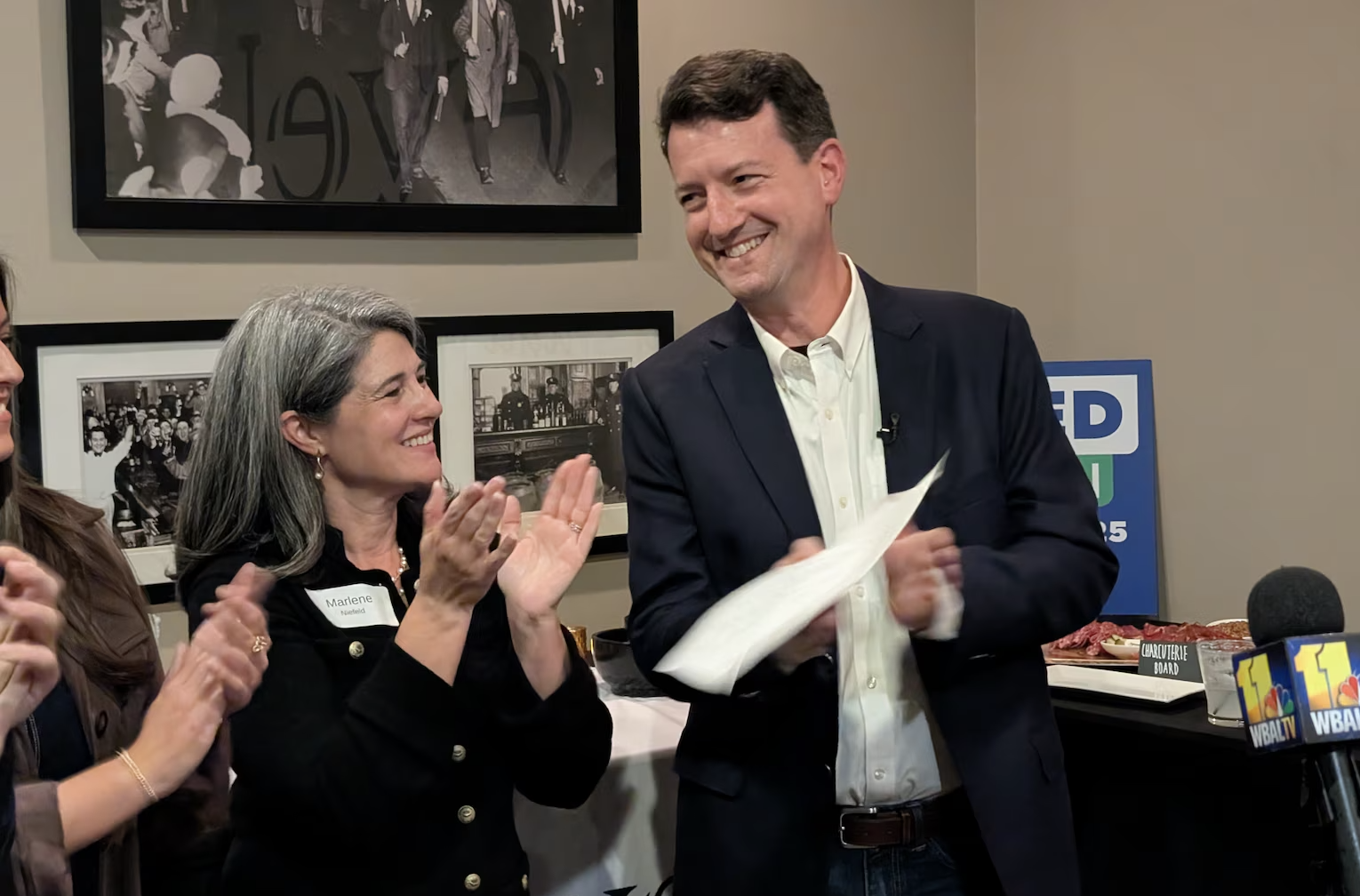
By CODY BOTELER | The Democratic candidates in the Annapolis election held early leads in the races for mayor and nearly every city council seat, according to unofficial results released on election night.
Jared Littmann, a former alderman and the owner of K&B Ace Hardware, did not go so far as to declare victory in his race to be the next mayor of Annapolis, but said he’s optimistic that the mail-in ballots to be counted later this week will support his lead.
Littmannn said November and December will “fly by” as he plans to meet with the city department heads and chiefs to “pepper them with questions.”
The rest of this article can be read on the Baltimore Banner’s website.

